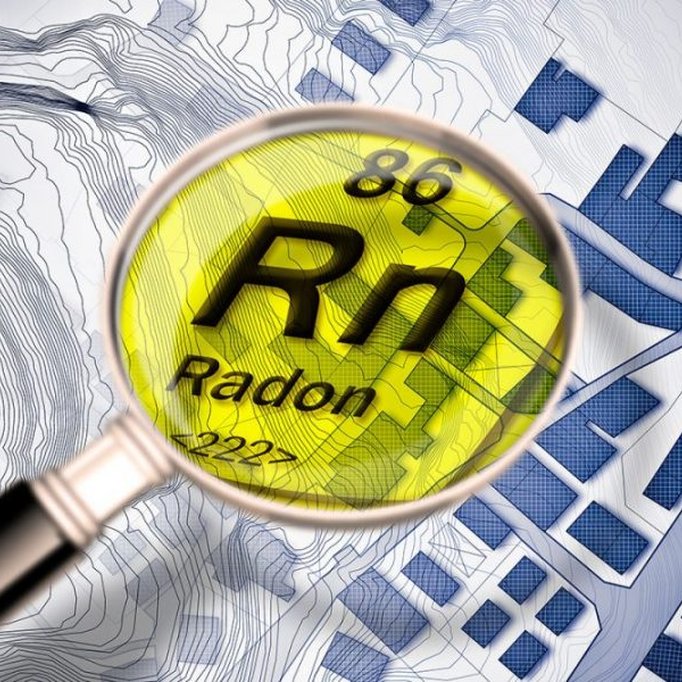Radon Testing
Our professional Radon Testing service is completely bespoke and allows you to determine how much radon is present in the area, along with the level of risk posed to the building’s occupants. Get a FREE quote today

Radon testing is an important part of ensuring the safety of any building, whether it's a commercial or residential property. Radon is an invisible, odourless gas that can be found in many environments, and if left unchecked can lead to serious health risks. Testing for radon is the only way to know if your building is safe from this hazardous gas.
For more information or for a FREE quote, call us on 0344 499 7574 or email info@greenzonesurveys.com.
Below are some frequently asked questions to provide you with further information about this service
Radon is an invisible, odourless, and tasteless gas that is found naturally in soil, rocks, and water. It is a naturally occurring radioactive gas that can seep up from the ground into homes, workplaces, schools, and other enclosed spaces. Radon is a byproduct of the decay of uranium, which is found in small amounts in nearly all soils. When uranium breaks down, it releases radon gas, which can accumulate in buildings and become a health risk.
Radon is the leading cause of lung cancer among non-smokers, second only to smoking itself. This means that if you are living or working in a building with high levels of radon, you could be at risk of developing serious health problems. That’s why testing for radon is so important.
Public Health England produced a helpful Radon map to make it easier to determine if you live and work in a high risk area.
Radon is classified as a carcinogen by the Environmental Protection Agency and is the leading cause of lung cancer for non-smokers in the UK. Therefore, radon testing is essential for the safety and well-being of people living and working in buildings.
Radon testing is important to identify the levels of radon gas inside the building and to determine if the levels are safe. If the radon levels are high, steps must be taken to reduce the levels before they become hazardous to human health. In addition to testing, proper ventilation and other preventive measures should also be taken to ensure that the building’s occupants are not exposed to dangerous levels of radon gas.
We send an assessor to site who will first conduct a site survey. Taking a number of Radon monitors with them. Upon assessment of the site, they will determine the best points to place the monitors. The monitors are then left in place for 3 months. During this period the monitors will detect the levels of Radon gas in the area and collect particles which can be analysed later. After this, we collect the monitors and analyse them in our specialist lab to determine how much Radon is present in the area along with the level of risk posed to the buildings occupants.
The frequency of radon testing is dependent on several factors, including the type of building, the region where the building is located, and the presence of other environmental or health-related risks. Generally, it is recommended that residential homes be tested for radon at least once every two years. If a home has a basement or crawlspace, or if there are known radon levels in the neighbourhood, then it’s important to test every year.
For commercial buildings, such as office buildings, it is recommended that radon testing be done at least once a year. Commercial buildings are often in more densely populated areas and are likely to have higher concentrations of radon due to being surrounded by other buildings with elevated levels of radon. Additionally, office spaces may have poor air circulation which can further elevate radon levels.
In both residential and commercial settings, it is important to also consider other environmental or health risks that could potentially contribute to higher radon levels. This could include things such as high levels of humidity, poor ventilation, and the presence of certain chemicals or pollutants. It is best to consult an expert on when and how often to test your building for radon depending on its unique circumstances.
No matter what type of test is used, it is important to hire a qualified professional to perform the radon test for your commercial building in order to ensure accuracy and safety. The cost of a test depends mainly on the size of the building. This is because bigger buildings require a more extensive survey. The bigger the building, the more monitors that are needed to ensure the testing is done correctly. More monitors means it takes our team longer to analyse them and this leads to an increased cost.
To get a precise cost call or email us and one of our expert team will be on hand to provide you with an accurate, free quote.





